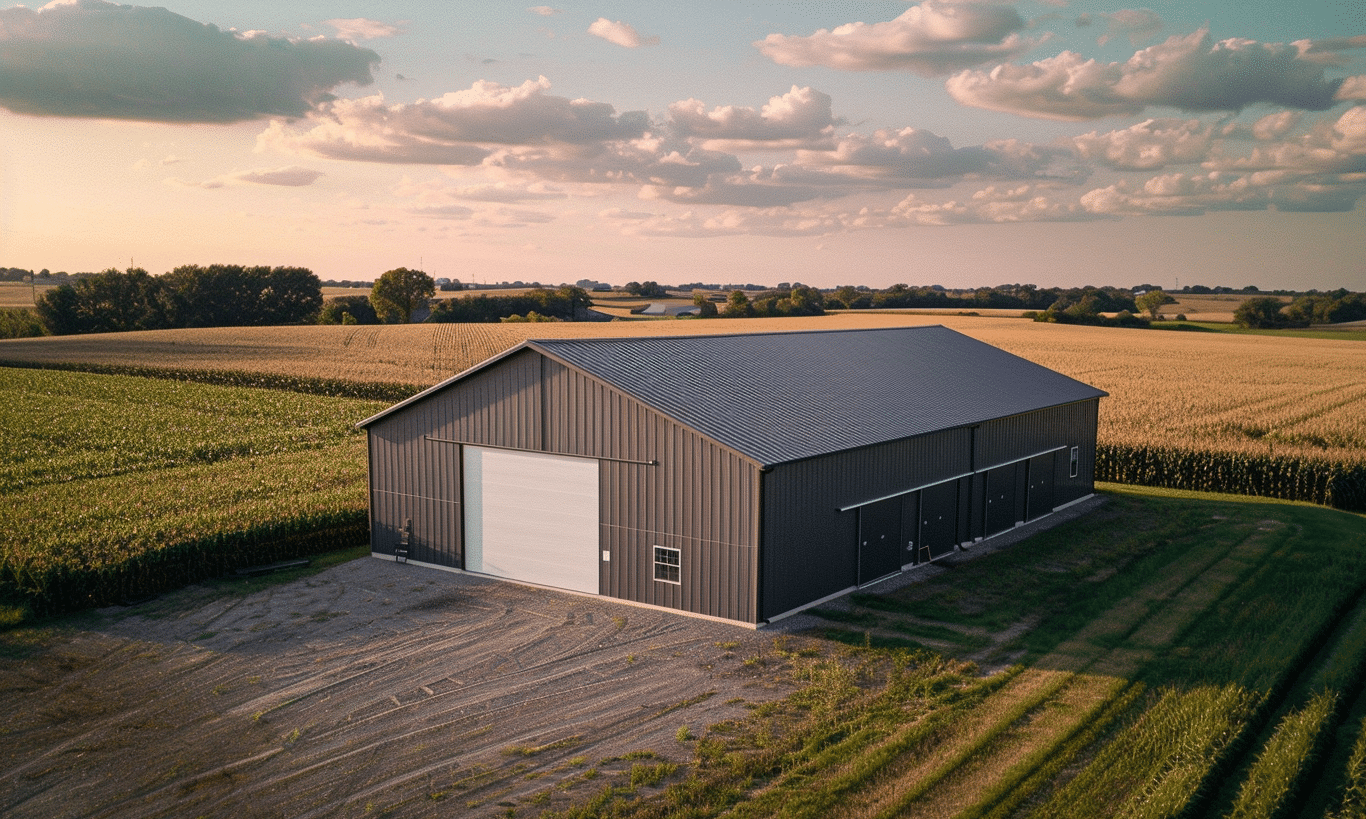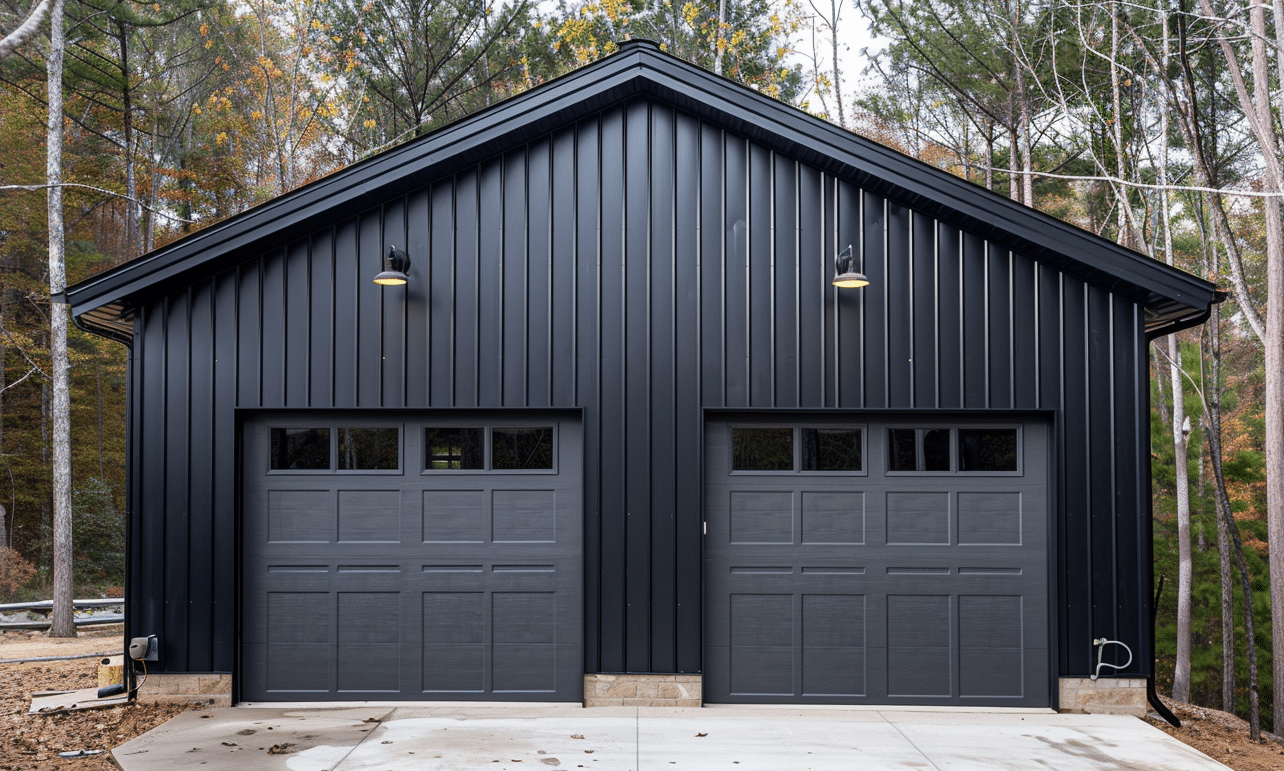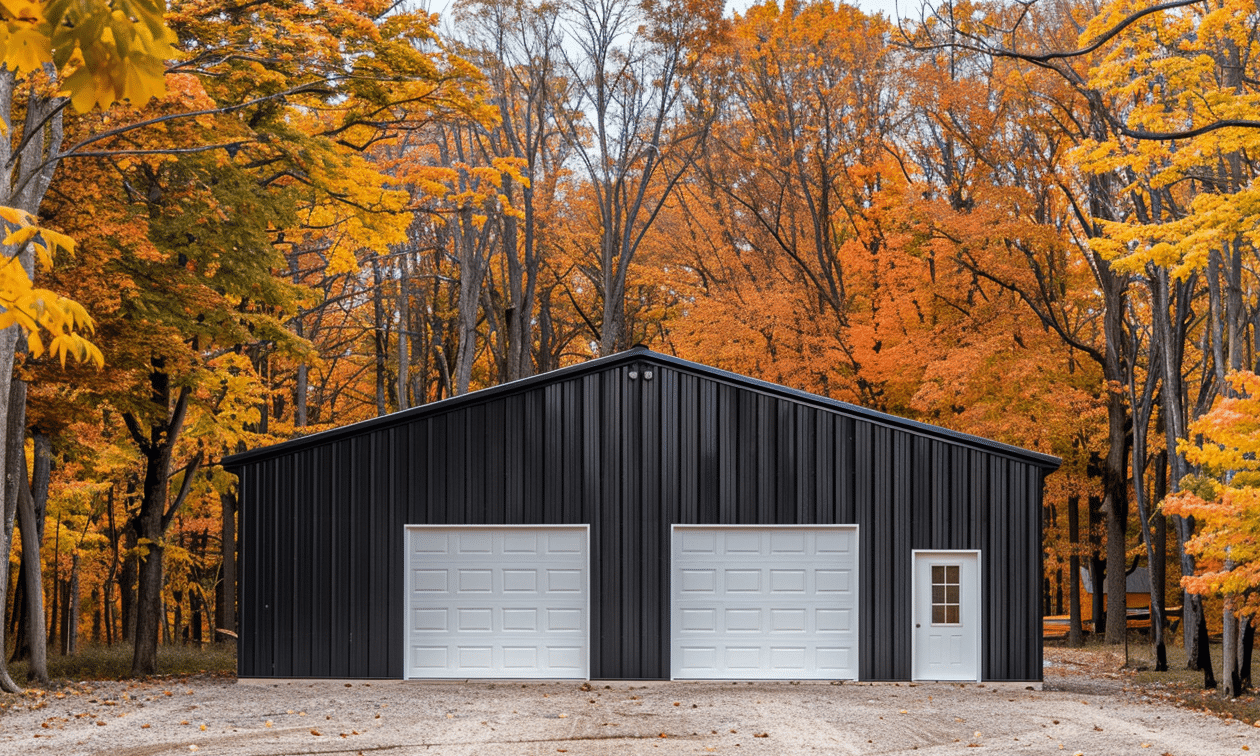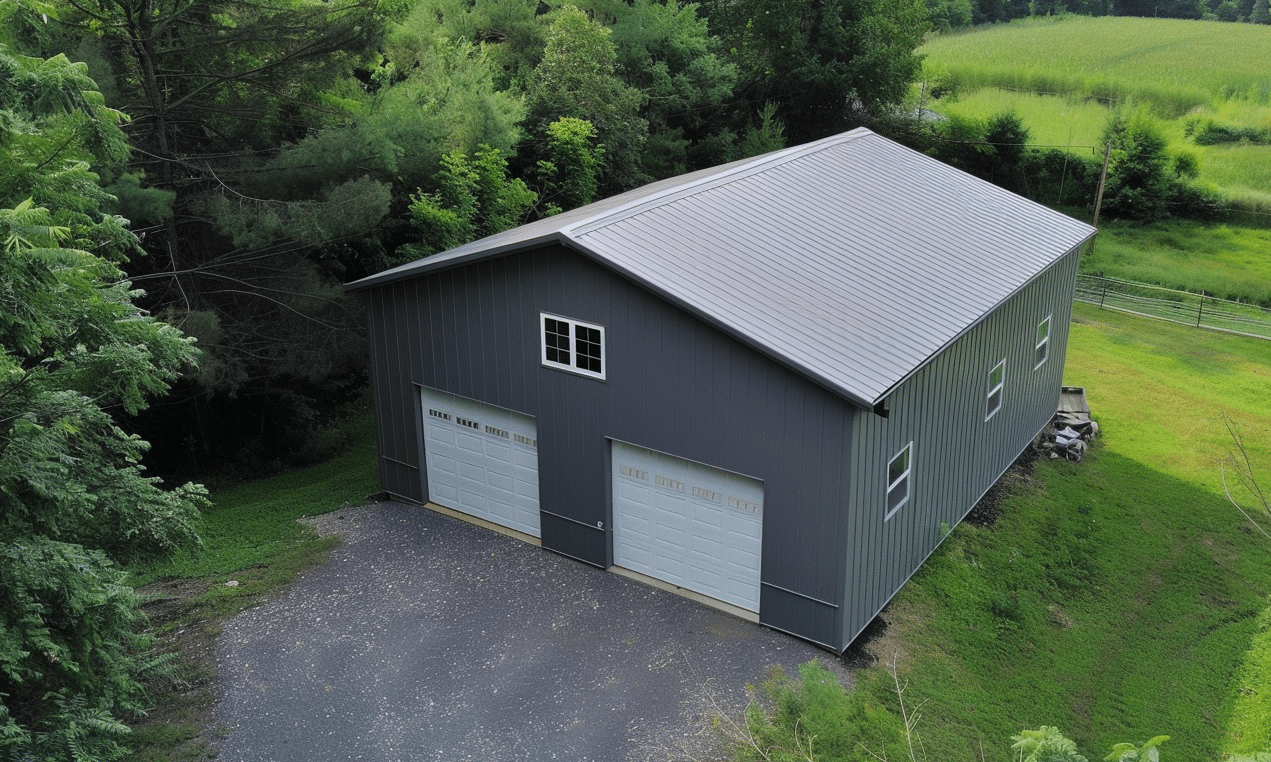In an age where cities are evolving at an unprecedented pace, urban development trends are central to shaping the metropolitan marvels of tomorrow. As urban planners, architects, and policymakers strive to create resilient, sustainable, and inclusive cities, staying abreast of the latest trends becomes not just beneficial but essential. What future does urban development hold for our cities, and how can stakeholders harness these trends to craft environments that thrive? Let’s embark on a journey through the dynamic landscape of urban evolution, uncovering the trends that are revolutionizing urban development across the globe.
The Green Revolution: Prioritizing Sustainability
Imagine a city where lush green spaces and innovative infrastructures harmoniously coalesce. The burgeoning population coupled with the looming threat of climate change has spurred cities to embed sustainability at the core of their development strategies. Urban centers are increasingly investing in green architecture, with vertical gardens and green roofs no longer being anomalies but integral components of modern buildings. This shift not only enhances air quality but also significantly reduces urban heat islands, creating cooler, more pleasant environments.
Moreover, cities are spearheading efforts to conserve energy and water through cutting-edge technology and design practices. From installing solar panels on public buildings to crafting rainwater harvesting systems, sustainable initiatives are transforming how urban areas consume resources. Anchored by this commitment to environmental stewardship, the Infrastructure Canada – Urban Development Trends initiative exemplifies how systemic changes can lead to enduring impacts.
The Smart City Paradigm
The meteoric rise of technology has given birth to the concept of smart cities, laying the groundwork for digital transformation in urban spaces. By harnessing data and the Internet of Things (IoT), smart cities aim to optimize the efficiency of city operations. Imagine intelligent transportation systems that adapt traffic lights based on real-time conditions or waste management solutions that utilize AI to streamline collections. Such innovations not only enhance urban living experiences but also catalyze resilience against unforeseen challenges.
For stakeholders keen on understanding how technological advancements are reshaping the urban landscape, accessing reliable Industry News & Trends is invaluable. These resources offer insights into cutting-edge practices and real-world applications being implemented globally.

Resilient Infrastructures: Investing in Tomorrow
Ever wondered how cities can weather the unforeseen storms of tomorrow? One trend that’s gathering momentum is the emphasis on creating resilient infrastructures capable of standing up to natural disasters and societal shifts. Strengthening urban resilience is not just about enhancing physical structures but also about fostering a spirit of adaptability and innovation. By procuring funding for local projects, cities can undertake infrastructure investment initiatives, ensuring robust growth and development.
Take the example of modular steel buildings, such as a 30×60 steel building kit, tailored to withstand harsh weather conditions while offering flexibility in design. Application of materials and designs like these can markedly contribute to building industry resilience, as they entail strong durability, cost-effectiveness, and swift installation. By integrating such innovations into urban planning, cities can build not just stronger buildings, but resilient communities that can flourish in adversity.

Inclusive Urban Spaces: Fostering Community Engagement
A key pillar of modern urban development lies in the creation of inclusive spaces that cater to diverse communities. The concept of inclusivity goes beyond accessible architecture and extends to ensuring equitable opportunities for all. Cities are enacting policies that advocate for social housing, affordable transit solutions, and community-driven projects as a means to combat inequality and promote harmony.
When cities genuinely engage with local communities, they harness collective wisdom and aspirations that can be channeled into improved urban planning. Such efforts often lead to vibrant communities that residents are proud to call home, enhancing the quality of life for all. As cities forge ahead, it becomes imperative to embed such inclusivity into their core fabric. Resources such as Building industry resilience provide insights into how urban spaces can be shaped to survive—and thrive—under changing paradigms.

The Path Forward: Adaptation and Transformation
As we peer into the future of urban landscapes, it becomes evident that while challenges abound, the potential for transformative change is limitless. Urban development trends serve as signposts, guiding us toward building cities that are not only habitable but also hubs of innovation and sustainability. The blueprint for such cities is grounded in strategic infrastructure investment, a commitment to environmental stewardship, technological integration, and fostering inclusive communities.
By adapting to these emerging trends, cities can set the stage for a thriving future, one where resilience, prosperity, and personal well-being are no longer aspirations but realities. As decision-makers, citizens, and industries collaborate, the cities of tomorrow are poised to become vibrant epicenters of growth, reflecting humanity’s unwavering pursuit of progress. The urban landscape is not just changing; it’s sculpting a narrative that future generations will inherit and redefine. We are architects of this unfolding story. Are you ready to take part?










